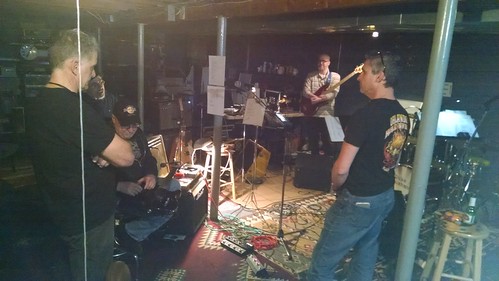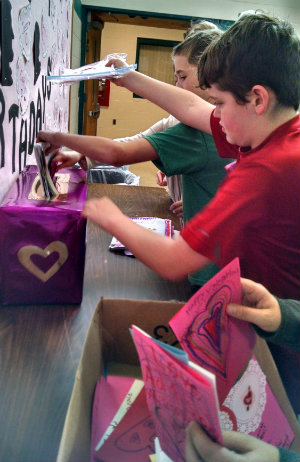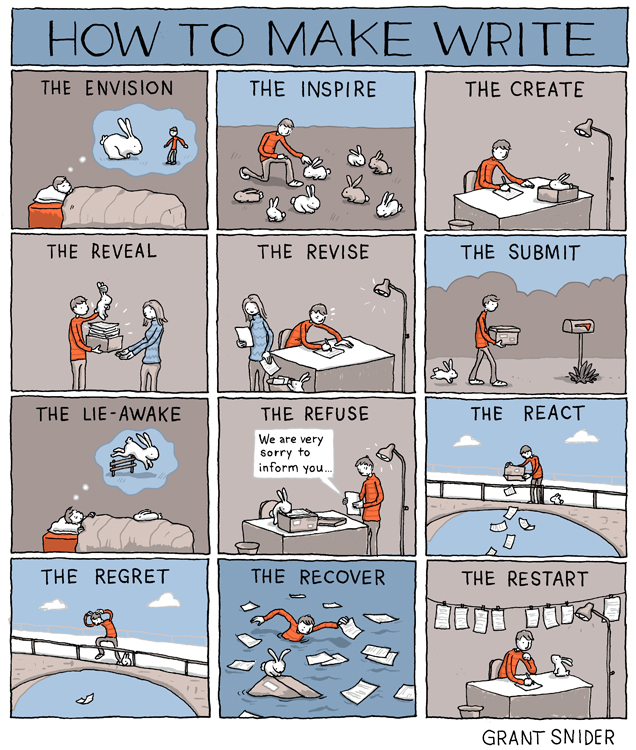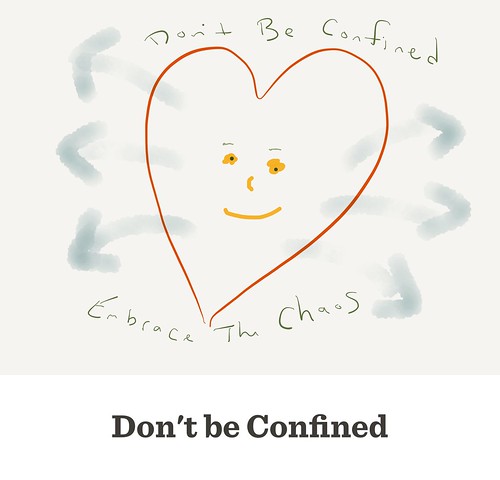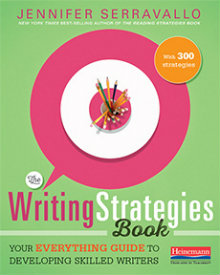 (This is for the Slice of Life challenge, hosted by Two Writing Teachers. We write all through March, every day, about the small moments in the larger perspective … or is that the larger perspective in the smaller moments? You write, too.)
(This is for the Slice of Life challenge, hosted by Two Writing Teachers. We write all through March, every day, about the small moments in the larger perspective … or is that the larger perspective in the smaller moments? You write, too.)
Last night, we auditioned another singer for our rock and roll band. It’s been quite a journey for the past 18 months, after our band dissembled on a night when the singer left and the bass player, whose house we used for practice, said he was calling it quits. In the past six months, we finally added an outstanding new bass player, and have been bringing in singers. Last night’s Voice was about the seventh singer we have tried out.
There has been a wide range of talent. From the young 20-year-old kid who never sang with a band, ever (and that was clear from the first song) to another whose tenor-bass blues voice was interesting but forced us to change the key of every song to another who brought a friend who really wanted to sing, too, (eh, no) to another who just didn’t have the range or endurance (we already have that in a singer – that’s me). The Voice last night had some range and experience, and projected a rocking stage presence (he has played with other bands), and now we need to mull over the intangible: personality mix.
We’re going bring him back for another round next week, and try to get a better sense. Putting together a band is tricky. It’s a mix of musical tastes, personalities, musical chops and the strange unknown of working creatively with a bunch of people. In our group, three of us have been making music together for nearly 20 years now.
That reminds me of this satire site I once created:
We’re hoping to get a singer in place and get gigging again in the next year. We’ll see where we end up from here …
Peace (sounds like),
Kevin
